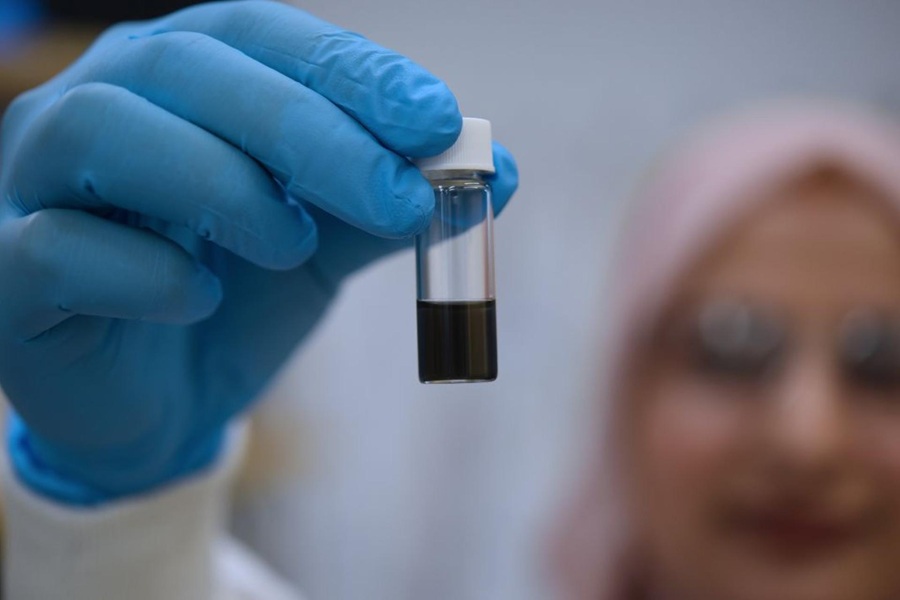Simple Cervical Cancer Exams Proposed for Low-Resource Settings
By Labmedica staff writers
Posted on 12 Mar 2008
Cervical cancer, caused by the human papillomavirus (HPV), affects about 500,000 women each year and kills 270,000 worldwide annually. There is a huge discrepancy between cervical cancer deaths in rich and poor nations--80-85% of deaths occur in the developing world. In developed countries, screening programs using the Pap smear are in place to spot disease and treat it early. However, a successful Pap testing program requires a high degree of organization, sophisticated laboratory equipment, and highly trained technicians. In spite of government efforts, large-scale Pap screening programs have failed in poorer regions. Posted on 12 Mar 2008
During a panel presentation at the Goethe-Institut (Washington, DC, USA) on March 5, 2008, Dr. Jacqueline Sherris of PATH (formally: Program for Appropriate Technology in Health), an Alliance for Cervical Cancer Prevention (ACCP) founder, noted, "cervical cancer represents a huge global inequity with a heavy burden on poor women.”
A painless visual screening method has been found to be as effective, if not more effective, as the Pap smear. For the visual screening method, a trained health worker swabs the patient's cervix with vinegar. After one minute, any small lesions on the cervix--signs of potential future cancer--can be seen with the naked eye.
"In most cases it is possible to treat women for precancer during the same visit to the clinic,” said Dr. Harshad Sanghvi of the Johns Hopkins Program for International Education in Gynecology and Obstetrics (JHPIEGO; Baltimore, MD, USA), an ACCP partner. "This is important because if a woman is sent home the day of the exam and asked to come back days or weeks later to hear the results and be treated, she may not be able to return. In the past, many women have missed the care they needed for this reason. Treatment in the late stages of cervical cancer--when women suffer symptoms--is difficult and often not successful. We need to screen all women, beginning at age 30, and provide rapid treatment to those who need it,” Dr. Sanghvi added.
Dr. R. Sankaranarayanan, from the International Agency for Research on Cancer (IARC; Lyons, France), has studied alternatives to Pap smear screening in India and other countries. He explained that cervical cancer is easy to treat if precancerous signs are detected early. Treatment in low-resource settings often can be implemented using a device that destroys the affected tissue by freezing, the same way that common warts are frozen.
"New technologies for cervical cancer prevention are revolutionizing public health,” stated Silvana Luciani of the Pan American Health Organization (PAHO; Washington, DC, USA). "Visual screening methods, high-tech DNA tests for HPV, and the new HPV vaccines represent incredible opportunities to strengthen prevention. We need to protect girls from HPV infection with vaccine, but immunization is not a substitute for screening.
Screening programs are needed to care for women who may have already been infected with HPV, because the vaccine does not protect them effectively and there are cancer-causing types of HPV not targeted by the vaccine. Research indicates that a combination of vaccination and screening can dramatically reduce cervical cancer deaths in the coming decades.”
Related Links:
Goethe-Institut
Johns Hopkins Program for International Education in Gynecology and Obstetrics
International Agency for Research on Cancer














